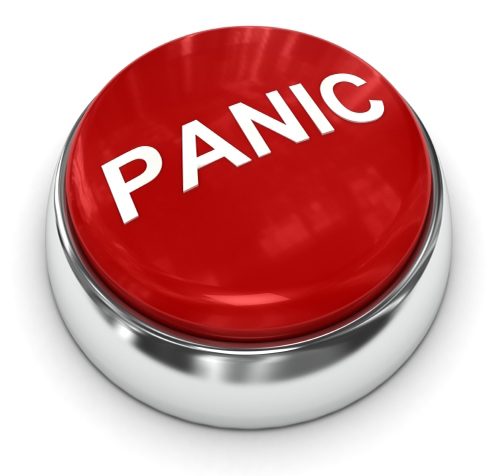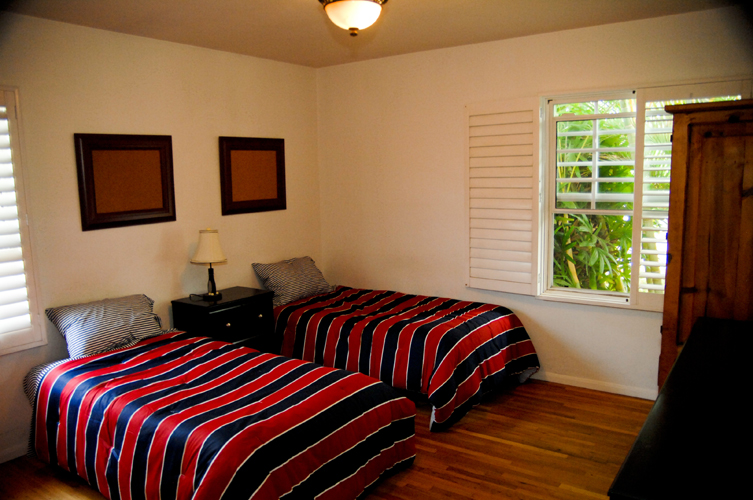 Panic attacks are part of an anxiety disorder known as Panic Disorder (PD). Panic attacks cannot be predicted and often come “out of the blue” or they are triggered by something in a person’s environment. Panic attacks create feelings of extreme anxiety, dread and fear in the person experiencing the attack.
Panic attacks are part of an anxiety disorder known as Panic Disorder (PD). Panic attacks cannot be predicted and often come “out of the blue” or they are triggered by something in a person’s environment. Panic attacks create feelings of extreme anxiety, dread and fear in the person experiencing the attack.
Physical symptoms associated with panic attacks feel life-threatening but are not.
Symptoms of Panic Attacks
- Chest pain
- Chills, hot flashes
- Choking sensation
- Dizziness or faintness
- Feelings of going crazy
- Feelings of impeding death or doom, uncontrollable fear
- Hyperventilation, shortness of breath
- Nausea
- Numbness, tingling
- Rapid heart rate
- Sense of altered reality
- Shaking and sweating
- Strong need to “escape”
Characteristics of Panic Attacks
Panic attacks can last anywhere from one minute to over an hour, though ten minutes is average. If the panic attack is interrupted, the attack will be shorter than it would be without intervention. Sometimes panic attacks will occur continually for a few hours with varying levels of intensity and symptoms. The intense symptoms of panic attacks are sometimes mistaken for medical conditions such as heart attack and lead many people into emergency rooms unnecessarily.
Behavioral changes related to panic attacks can last up to a month including the anxiety related to not knowing when the next attack will occur. Panic attacks generally start in early adulthood, but do occur in children as well. Women are twice as likely as men to have panic attacks.
Triggers, Causes and Influences
- Caffeine
- Certain medical conditions and illness
- Certain medications
- Chemical imbalances
- Dental and spinal anesthetics
- General use of alcohol and other sedatives
- Genetics/inheritance
- Major life stressors
- Post Traumatic Stress Disorder
- Preexisting disorders such as bipolar disorder
- Substance abuse and smoking
- Tendency to magnifying bodily sensations
- Tendency to take on excessive responsibility
Treatment Options for Panic Attacks
- Anti-anxiety medications
- Anti-depressant medications
- Cognitive Behavioral Therapy (CBT)
- Exposure Therapy
- Interoceptive Therapy
- Positive self talk training
- Psychodynamic Psychotherapy
- Removal of caffeine from diet
- Self help exercises
- Support groups
- Treatment of co-occurring disorders such as depression, substance addiction
Summary
There is no cure for panic attacks but in most cases, the disorder responds well to treatment. Panic attacks can go on for years and if left untreated they will worsen to the point of controlling one’s life, work and relationships.
 Call Today! (800) 910-9299
Call Today! (800) 910-9299







Speak Your Mind
You must be logged in to post a comment.